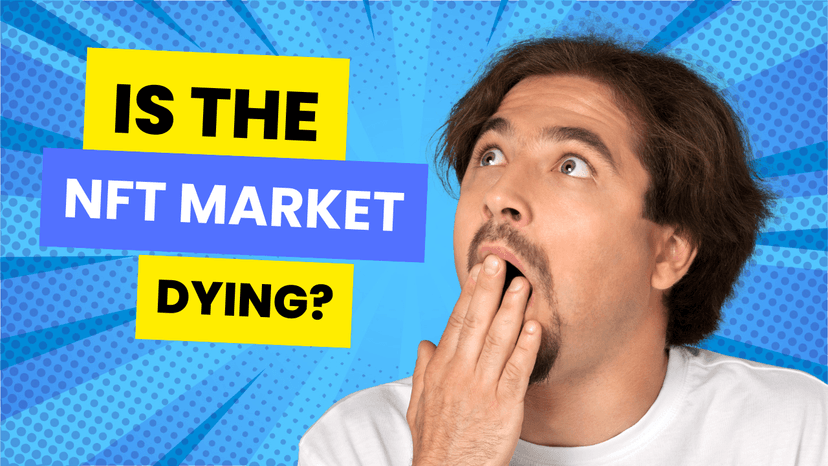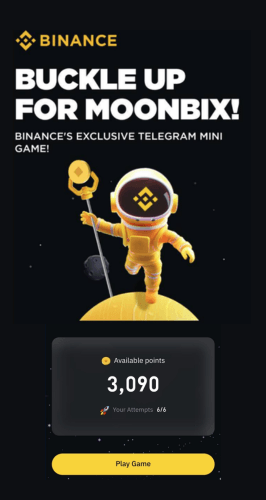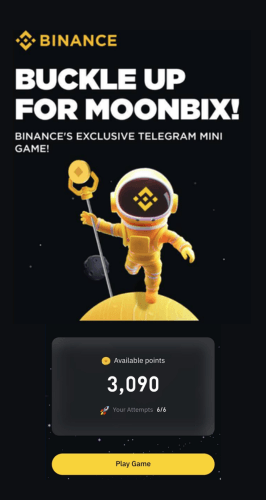Non-Fungible Tokens (NFTs) burst onto the scene in 2021, revolutionizing the digital art and collectibles space. Celebrities, artists, and brands rushed into the market, leading to multi-million dollar sales of digital art, music, and more. However, by 2023, some have started to question whether the NFT market is dying as the initial hype seems to be fading. So, is the NFT market truly in decline, or is it merely evolving?
The Rise of NFTs: A Quick Recap
NFTs gained mainstream attention in early 2021 when high-profile sales such as Beeple’s $69 million digital artwork made headlines. The NFT space quickly expanded beyond art, with use cases in music, gaming, real estate, and virtual goods. Brands like Nike, Adidas, and even luxury houses like Gucci entered the NFT space. NFTs promised to democratize ownership and provide artists and creators with new revenue streams.
Is the Hype Over?
By mid-2022, NFT sales volumes began to drop significantly. Data showed that the overall trading volume for NFTs fell by more than 90% compared to their peak. The media began to speculate that the NFT market was a "bubble" that had burst. Many projects failed to deliver on their promises, leaving investors disappointed, and some celebrity-driven NFT drops lost their initial appeal. High gas fees on Ethereum and environmental concerns about the carbon footprint of blockchain also contributed to declining interest.
Why the Market Isn’t Dying, But Evolving:
Market Corrections Are Normal: Like any new technology or financial product, the NFT market went through a speculative bubble phase where people rushed in without fully understanding the underlying value. The significant drop in trading volume reflects a necessary market correction, where only serious projects with real utility or artistic value remain in the market.
New Use Cases and Innovations: The NFT market is far from dead; it’s evolving. Beyond digital art, NFTs are finding more robust use cases, particularly in gaming (play-to-earn models), music (royalty distribution), ticketing, and real-world asset tokenization. NFTs are also gaining traction in the metaverse, where users can own virtual land and goods.
Big Players Are Still Entering the Market: Despite the initial wave of speculative interest dying down, large corporations and institutional players are increasingly exploring NFTs. Platforms like Instagram and Reddit have integrated NFTs, and big brands continue to release NFT collections. The recent launch of Starbucks' Odyssey, an NFT-based rewards program, signals that the market is still very much alive.
The Future of NFTs:
While the initial buzz surrounding NFTs has subsided, the technology behind them is not going anywhere. The market is consolidating and maturing, with more emphasis on quality projects and use cases that extend beyond art and collectibles. Blockchain technology and NFTs will continue to transform industries like entertainment, real estate, and gaming, providing new ways for creators to monetize their work and for consumers to interact with digital goods.





